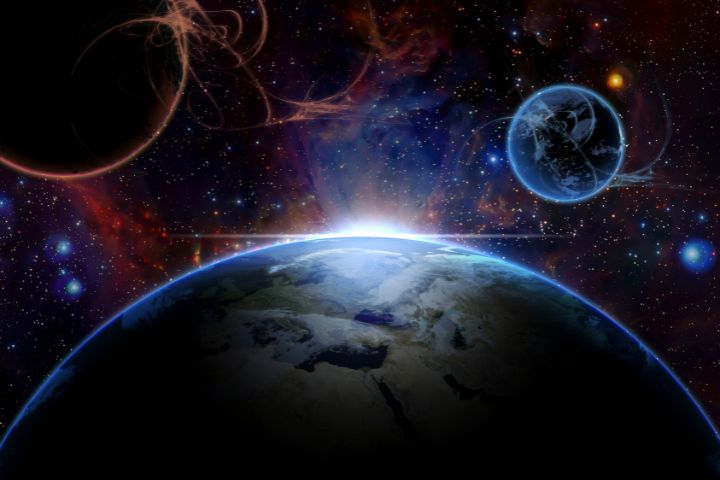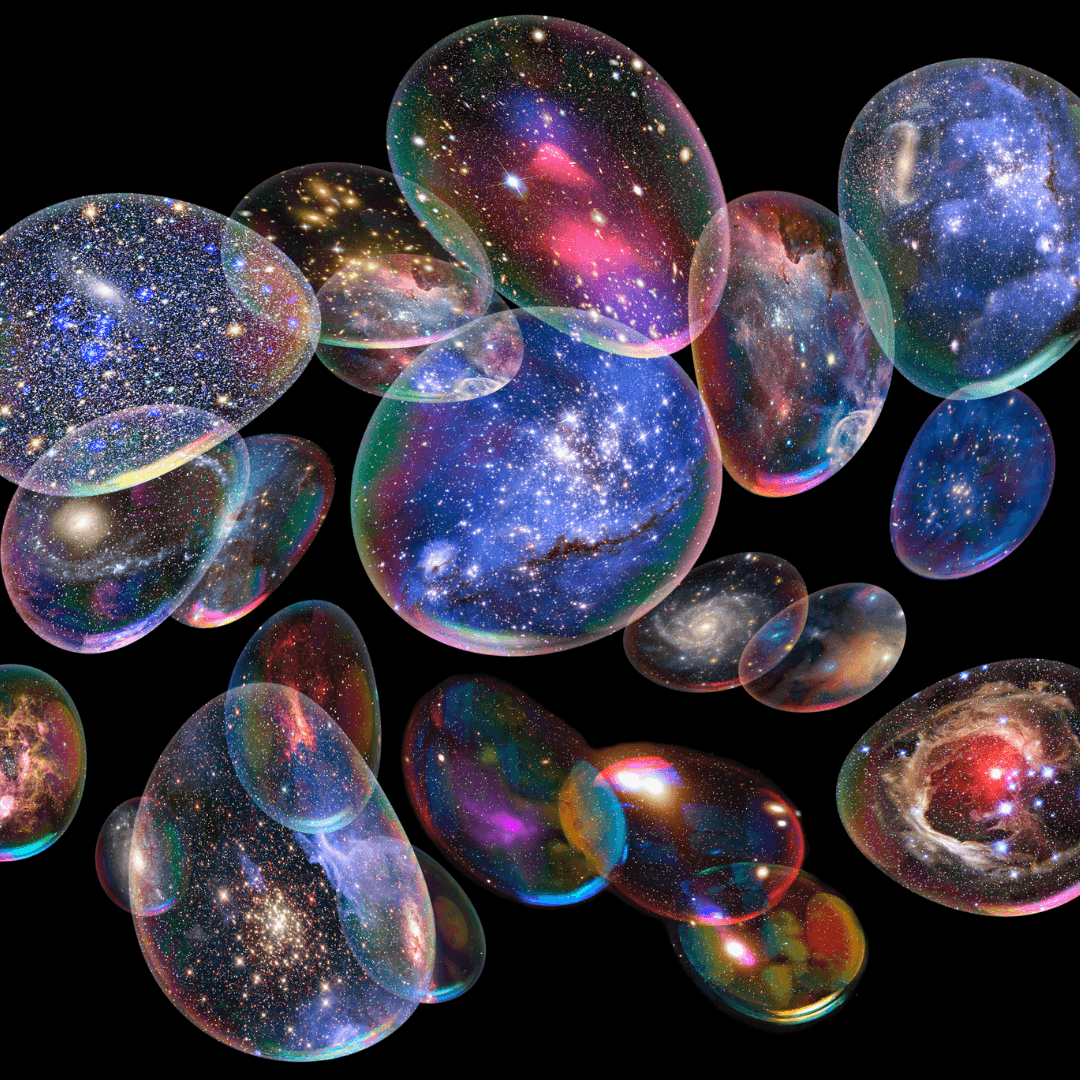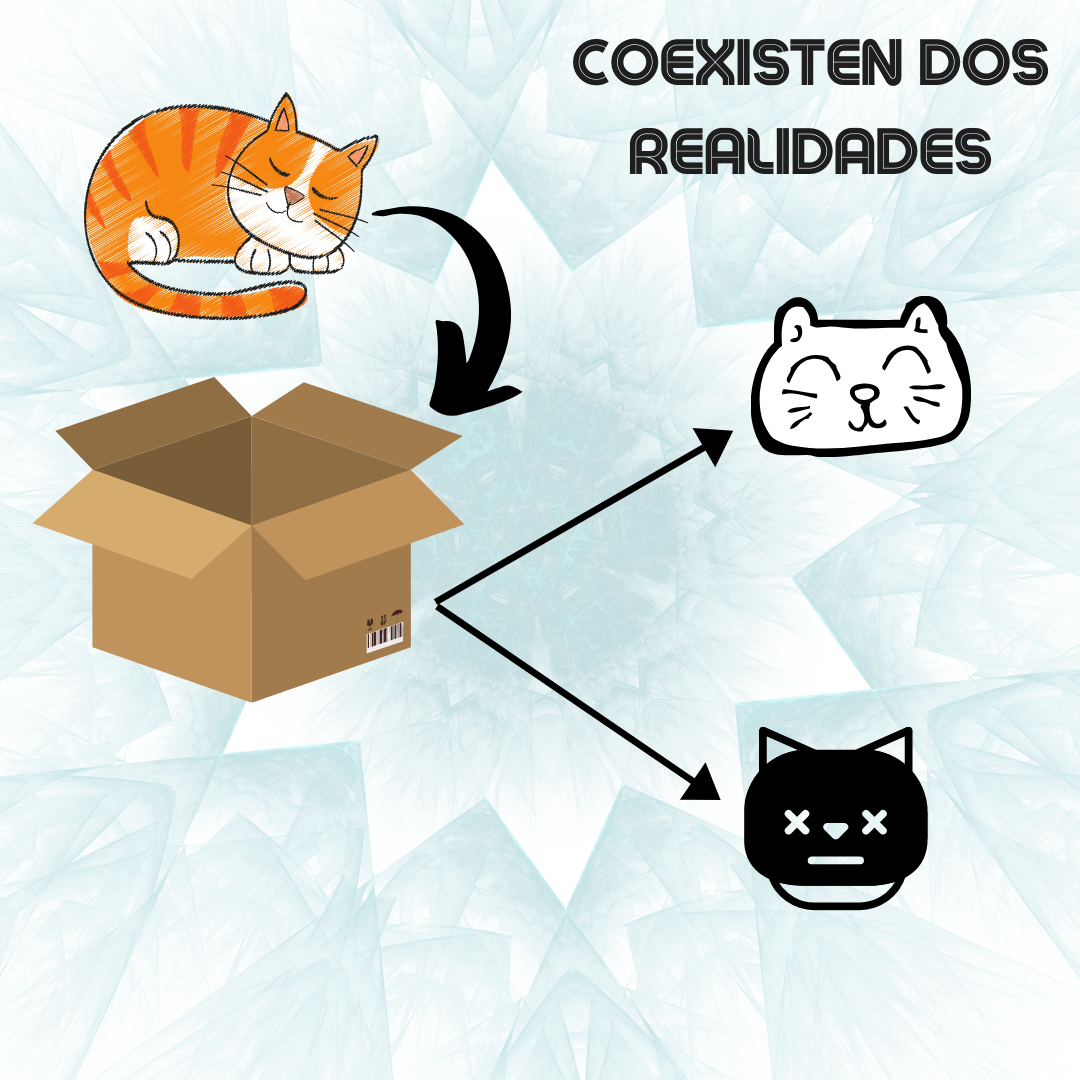Parallel Universes: Fact or Fiction?

We have all seen movies where they talk about parallel worlds. Other realities where we are much richer or have a totally different job. But... Is it just science fiction or can it really exist?
Well, maybe it's not just fiction...
For many decades, important physicists around the world have hypothesized the existence of different universes parallel to ours.
But how many alternative worlds to ours could exist?
1, 2, 10, 300?
In fact, infinite parallel worlds could exist...
The possible existence of parallel universes arises in different physical theories. We can find them, for example, in quantum mechanics or cosmology.
In the following sections we will see the different multiverses that have been defined and the characteristics of each one.
Let's go now!
Today we will talk about
Parallel universes and quantum multiverse: interpretation of quantum mechanics
Quantum mechanics…
The most precise theory we have, but at the same time one of the most unknown. We know how to work with it mathematically, but we are unable to give it an interpretation.
Hugh Everett, theoretical physicist, gave an explanation to one of the most unknown phenomena in quantum mechanics: the measurement problem.
We've all heard of Schrödinger's cat thought experiment. In short, this experiment shows that the cat is alive and dead at the same time, until we open the box and reality is created. This tells us that the mere fact of observing a phenomenon alters reality.
There are several interpretations to explain this strange phenomenon in our universe. The most accepted is the Copenaghe interpretation defended by great physicists such as Niels Bohr.
However, there is another one that is gaining more and more followers. Hugh Everett's interpretation of multiple universes. This physicist-mathematician explained that all possible options of a reality occur, but in different parallel realities.
Going back to Schrödinger's cat experiment, this would mean that in one universe the cat is alive and in another the cat is dead. Therefore, the two realities coexist, but in different worlds.
PUUUUM!
Every time I think about this interpretation my head explodes.
Black holes as entrances to alternative worlds
Exact. The mysterious interior of black holes could connect with other alternative universes to our own. Let me explain it better…
We can define black holes as an enormous amount of highly concentrated matter that causes an extreme curvature of the fabric of space-time.
These objects push the physics and mathematics we know today to the limit. For this reason, our mathematics fails when trying to model the innermost point of a black hole, the singularity.
How do we relate black holes to parallel universes?
Well, it turns out that physicists of the stature of Stephen Hawking have hypothesized that the center of a black hole could be connected to a white hole.
A white hole?
Yes, you read it right. White holes are conceptually the opposite of a black hole. It expels matter and energy instead of absorbing it.
Therefore, mathematically it has been proven that this would be possible, and under certain conditions, two space travelers from different universes could meet through this interuniversal passageway.
Types of multiverses: Are there different types of parallel universes?
Multiverse level 1
The first type of multiverse is related to the concept that the universe is infinite. We are only able to see what happens within our observable universe.
We will never be able to interact with what lies beyond it since space-time expands faster than the speed of light, therefore, light from beyond the borders of our observable universe will never be able to reach us. The observable universe is also known in cosmology as Hubble volumes.
Therefore, the theory postulates that there are infinite Hubble volumes (or universes) disconnected from each other due to the limitation of the speed of light. The different existing Hubble volumes would give rise to several universes, with the same fundamental constants, but with different distributions of matter and energy.

But then, since they are different universes, aren't there different selves with different lives?
Well actually yes...
In an infinite universe there are infinite universes therefore there are infinite numbers of you with totally or partially different lives. It is difficult to imagine what this means since our brain is not prepared to understand the concept of infinity, since everything we have lived and experienced since we were born is finite...
Multiverse level 2
Different types of possible existence are included in this type of multiverse.
Multiverso inflacionario
This type of multiverse is defined within a variant of inflationary theory called eternal chaotic inflation theory. Within this theoretical framework, the set of multiverses expands eternally.
However, there may be certain regions within the set of multiverses that do not expand, forming as if they were bubbles. These bubbles would form the different universes.
Unlike the type I multiverse, in this case the different alternative universes could have unequal physical constants and dimensions.

Multiverso Cíclico
This type of multiverse, proposed by Brian Greene based on Richard Tolman's oscillating universe theory, proposes that several universes exist at the same time. These can collide with each other, causing new Big Bangs and the cyclical birth of new universes.
This theoretical framework is based on M theory, which we will explain in subsequent articles since it requires extensive knowledge of mathematics and physics.
Multiverso autoreproductor
The self-reproducing multiverse is based on Lee Smolin's theory of fecund multiverses. These types of multiverses are created from the collapse of black holes that would generate baby universes. At the same time, these new universes can generate black holes that in turn would generate more and more baby universes.
Multiverso paisaje
The landscape multiverse is based on the fact that there are 10 dimensions, 6 of which are compacted in a certain way. This allows the existence of different universes all with 6 dimensions wound differently.
Multiverso holográfico
This type of multiverse is a bit difficult to understand since it is based on the holographic principle proposed by Leonard Susskind, which is complex to understand. Basically this principle proposes that our reality is a hologram of a border region.
What does this mean?
Imagine a ball. Our universe would be what is inside, which could ultimately be considered a reflection of the surface of the ball. This surface could have several ways of being reflected and therefore could generate different universes.
Multiverse level 3
The level 3 multiverse is the quantum multiverse mentioned in the previous section, described by physicist and mathematician Hugh Everett. As we have seen previously, in this type of multiverse, reality bifurcates into different parallel realities with the different options that may exist. Imagine that you want to go on vacation and you have doubts about going to the Caribbean or Southeast Asia.
According to Everett's hypothesis, reality would split into two possible options. In one reality you would go to the Caribbean and in the other in Southeast Asia. It should be noted that this is a simile of what happens mathematically.

Multiverse level 4
This type of multiverse is surely the most abstract and complex to understand. This hypothesis postulates that all the different universes that can be described by different mathematical and physical structures exist. Therefore, any type of universe that can be described mathematically exists.
In this type of universe, unlike the ones we have seen so far, the physical laws change, giving rise to a type of universe very different from ours.
Existence of parallel worlds: summary
If you have come this far you may find yourself lost or lost.
A lot of information right? Let's summarize it!
Alternative worlds or parallel realities are on the order of the day within theoretical physics. Not only is it not fiction, but many physicists believe in the possibility of the existence of different universes apart from our own.
Theoretical physicist Brian B. Greene established a hierarchy of the types of multiverse that could exist based on how different they are from our own.
The level I multiverse is made up of universes very similar to ours that comply with the same physical laws and have the same physical constants. On the other hand, the level IV multiverse is made up of universes very different from ours, governed by physical laws different from ours.

